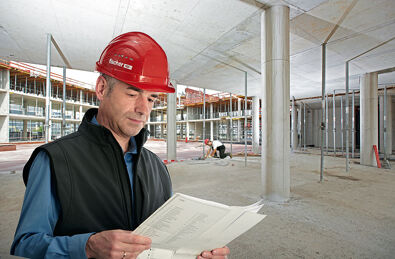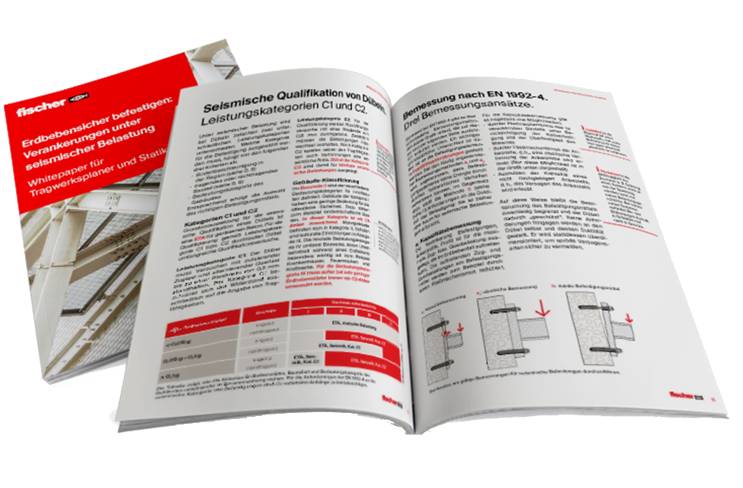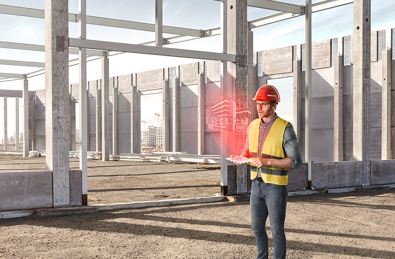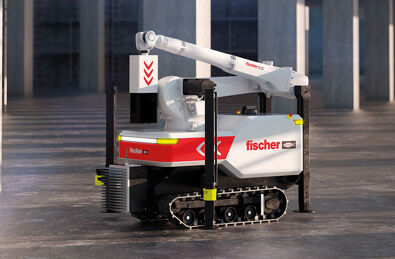Seismic forces stress the building and its contents during an earthquake. These forces act horizontally on the building structure itself, as well as on the pipes, cable trays, ducts and other building systems installed in the interior. Typical brackets for pipes, lines and other equipment are designed for a weight force in the normal range or vertical loads, but they do not take into account the horizontal load caused by earthquakes.
Seismic restraints (e.g. struts) resist the horizontal forces and hold the systems securely in place. The main purpose of seismic containment is safety - to prevent the loss of human lives due to an earthquake.

In recent years, the need to prevent equipment and equipment from being affected by seismic effects has become increasingly important worldwide. The population density in cities and municipalities and the high concentration of assets in developed countries have greatly increased the risk of earthquakes.
This applies not only to the “classic” earthquake regions, but also to Central Europe, where the threat of earthquakes has been underestimated to date. Protecting technical systems and equipment in buildings against seismic effects caused by earthquakes requires greater expenditure and special installations.




This gives us 55% time savings in our drilling operations

The concrete screw head fits geometrically perfectly into the FUS rail system

The adjusting nut as a connection nut enables easy, subsequent height adjustment
The rules and requirements for the seismic restraints are published in the model building regulations, standards or Eurocodes: Each code has a chapter on structural forces, which defines the level of seismic force that occurs when dimensioning seismic restraints. The amount of seismic force (determined by the regulation) is expressed as a percentage of the weight of the components or g-force. For example, if the horizontal force is 50 percent of the pipeline, the seismic force is 0.5g. The seismic “g-value” can vary greatly depending on the type of project. Critical buildings in a highly seismic zone have higher requirements for the g-value than, for example, a warehouse in zone 1.
Factors influencing the seismic g-values are:
The planner must use these factors and the applicable building regulations
to determine the correct g-values for their project and the respective region.








